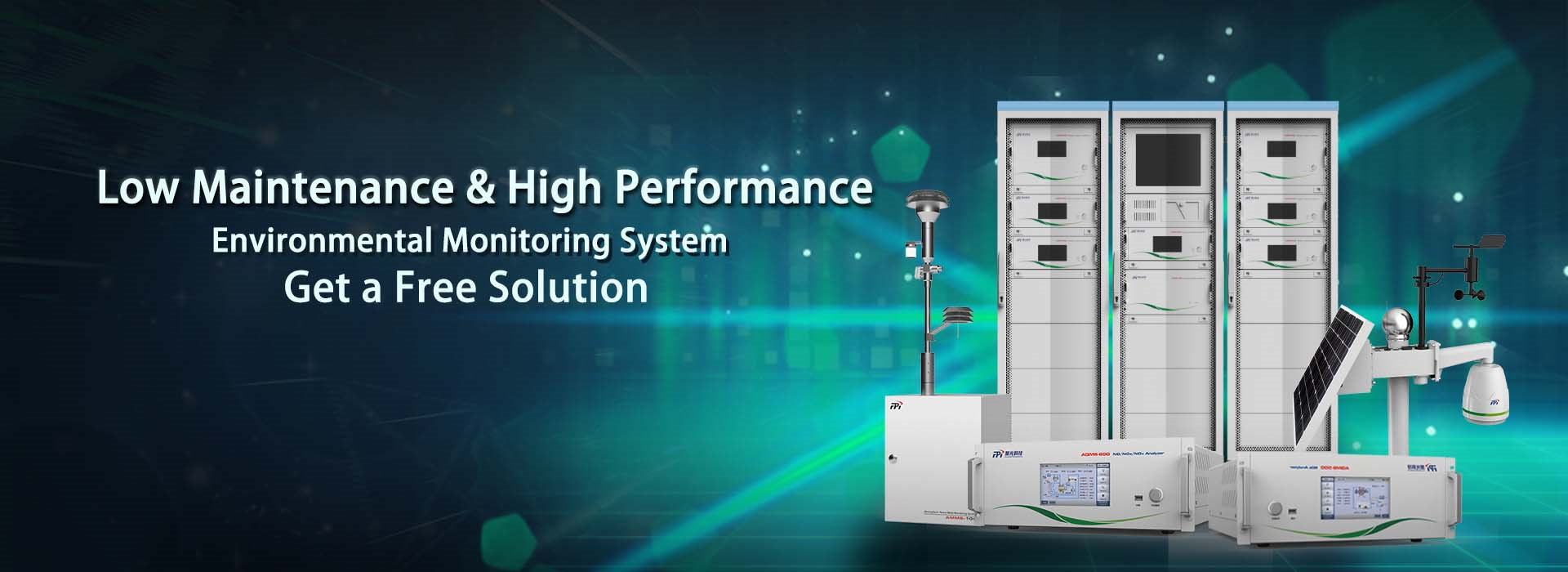
Ambient photochemical pollution monitoring system is equipped with core monitoring system such as online photochemical precursors and photolysis rates to achieve comprehensive monitoring of ozone pollution; combines the comprehensive data analysis platform to determine the situation in the ozone pollution control area, and analyze the source of VOCs; helps relevant departments to achieve continuous improvement of air quality by finely controlling ozone and VOCs emission monitoring.
During the formulation of photochemical pollution process, various species are generated and reformed, including ozone and other oxides (such as hydrogen peroxide, aldehydes or PAN) from primary pollutants, called precursors: nitrogen oxides (NOX), non-methane volatile organic compounds (NMVOC), carbon monoxide (CO) and methane (CH4). Some of parameters are more representative for indication of seriousness of such phenomenon, as these species will only exist during the formulation process which will not get any interference from background. FPI’s ambient photochemical pollution monitoring system construct an atmospheric photochemical pollution monitoring network to support the formation, mechanism and process analysis of photochemical pollution.
The ambient photochemical pollution monitoring system consists of two parts: application analysis platform and data collection platform.
• Application Analysis Platform
The platform will finally determine the emission control area based on the monitored data, generate an O3 contribution rate chart, analyze the potential of ozone formation, analyze the VOC source resolution and pollutant characteristics.
The VOC-100 consists of a low carbon (C2-C5) analyzer and a high carbon (C6-C12) analyzer, with FID & PID dual detectors to measure photochemical precursors from C2-C12; WAGA-100 atmospheric water-soluble ionic component online analyzer can accurately measure various water-soluble ions (HONO) in the atmosphere; The AQMS-600 NOX analyzer uses chemiluminescence to measure the level of NOX in the ambient to determine or predict the degree of light pollution.
Process Factor Monitoring:
The analyzer is receiving solar radiation by quartz probe and transferring the radiation to spectrum via optical quartz fiber, the spectrum data will be evaluated and compared with reference data with mathematical approach and gives photolytic rate.
Quantify local contributions to refine enterprise management and control.
